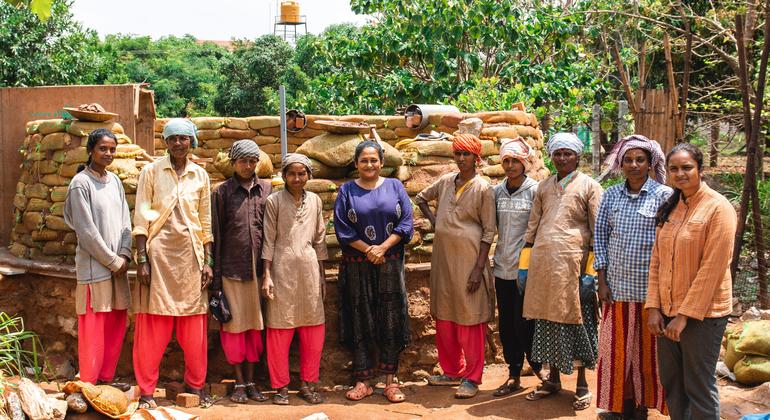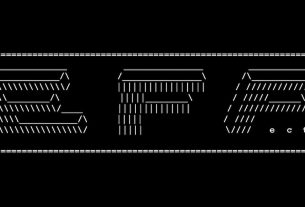[ad_1]
“Not many architects think that climate change is something that they need to think about, but we’re trying to change that,” says Rosie Paul, co-founder of Bangalore-based architecture firm Masons Ink.
“For us, it’s obvious that climate change directly affects the shelter that you’re going to live in, and you need to start building resilient structures.”
Ms. Paul and her best friend of sixteen years, Sridevi Changali, are focused on preserving India’s ancient heritage of mud construction by emphasizing the material’s sustainable properties, which make it ideal to combat the modern problem of high-carbon construction.
Muddy the waters
The magic of mud? Its breathable nature allows moisture into the home, improving indoor air quality and avoiding the buildup of damp and mould which cement traps and incubates.
Mud walls have a high thermal mass which means they slowly absorb heat from solar radiation and store it, releasing it at night in cooler temperatures. This reduces the need for air conditioning units, which consume large amounts of electricity and contain refrigerants that are potent greenhouse gas emissions.
As mud is readily available, it removes much of the transportation cost and footprint. Sridevi notes, “the manufacturing and the processing is done by local communities, so you’re giving back to local livelihoods rather than large manufacturing plants and large companies.”
Could mud be the solution? Architects like Rosie and Sri are reviving raw-earth construction to build sustainable structures that can withstand extreme weather events such as flash floods and intense heat.
Thomas Payyapilli’s mud home was constructed at lowest possible cost, with lowest impact to the environment.
Step up for women
At the same time, they’re championing more women to complete their studies in architecture and training more women in on-site skills, such as stone masonry.
“I think the minute you start talking about issues related to gender, it automatically becomes like a “you versus me” thing,” Rosie says. “Which it really isn’t. We’re just saying that there are issues that we’re feeling in the profession, and we need support to change that.
“Let’s employ more women in our architecture firms. Let’s have more women on construction sites. Let’s look at their security aspects. The idea is to question the obstacles and to get more people to fight those with us.”

Rosie Paul (left) and Sridevi Changali started Masons Ink Studio in 2013.
An early supporter was their client Thomas Payyapilli, whose mud home Masons Ink designed using little to no waste.
There were two main factors involved in the concept, he says: lowest possible cost and lowest possible impact to the environment. His farm is now fully certified organic, growing aromatic and medicinal plants.
Another client, Sindhoor Pangal, sees her mud home as a departure from an unfulfilling urban existence. “I started out in the corporate world like a lot of people, and I think after a while, I got disillusioned with that kind of a life,” she said. A planned move to the countryside took a tragic turn with the sudden loss of her husband, Uttam.
“When I spoke with Masons Ink, it was important for me that they also knew my husband. They understood my journey. They understood where I was coming from. And somehow, that translated into the design.” Masons Ink and Sindhoor worked with an all-woman team of masons to create her home, which, she says “is a dedication to my husband and the life that I had with him”.
For Rosie and Sridevi, when it comes to the climate crisis, big changes can come from all of us.
“For women, no matter where you are and no matter what your profession is or if you’re at home, the idea is just each of us to do our own little part. To keep going. And I’d love to see more women architects and more women working on sites. More women everywhere. The future is female.”
[ad_2]
Source link



